Most Recent News


Popular News
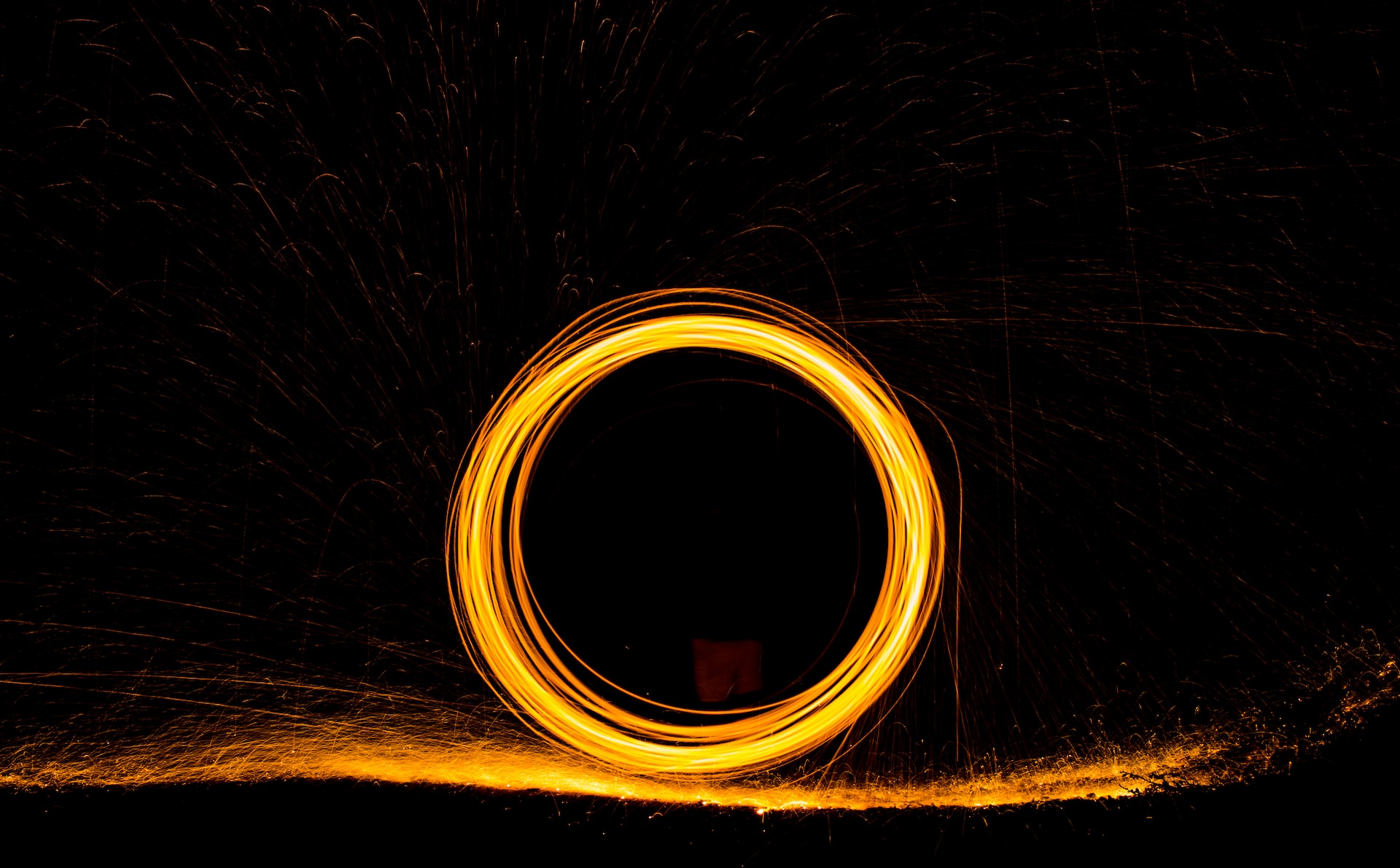

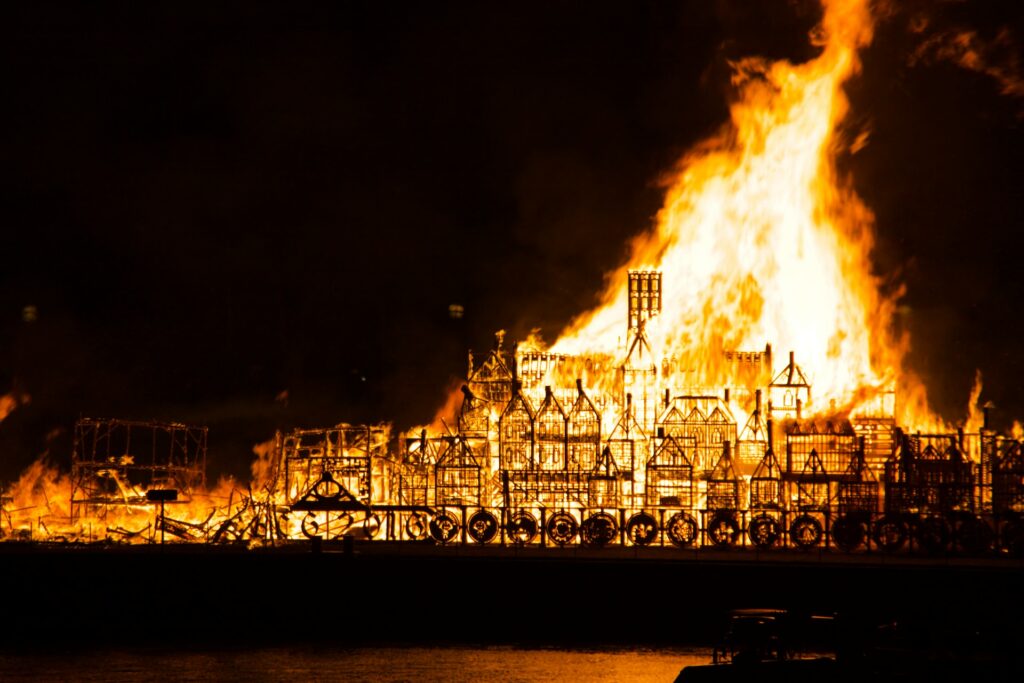

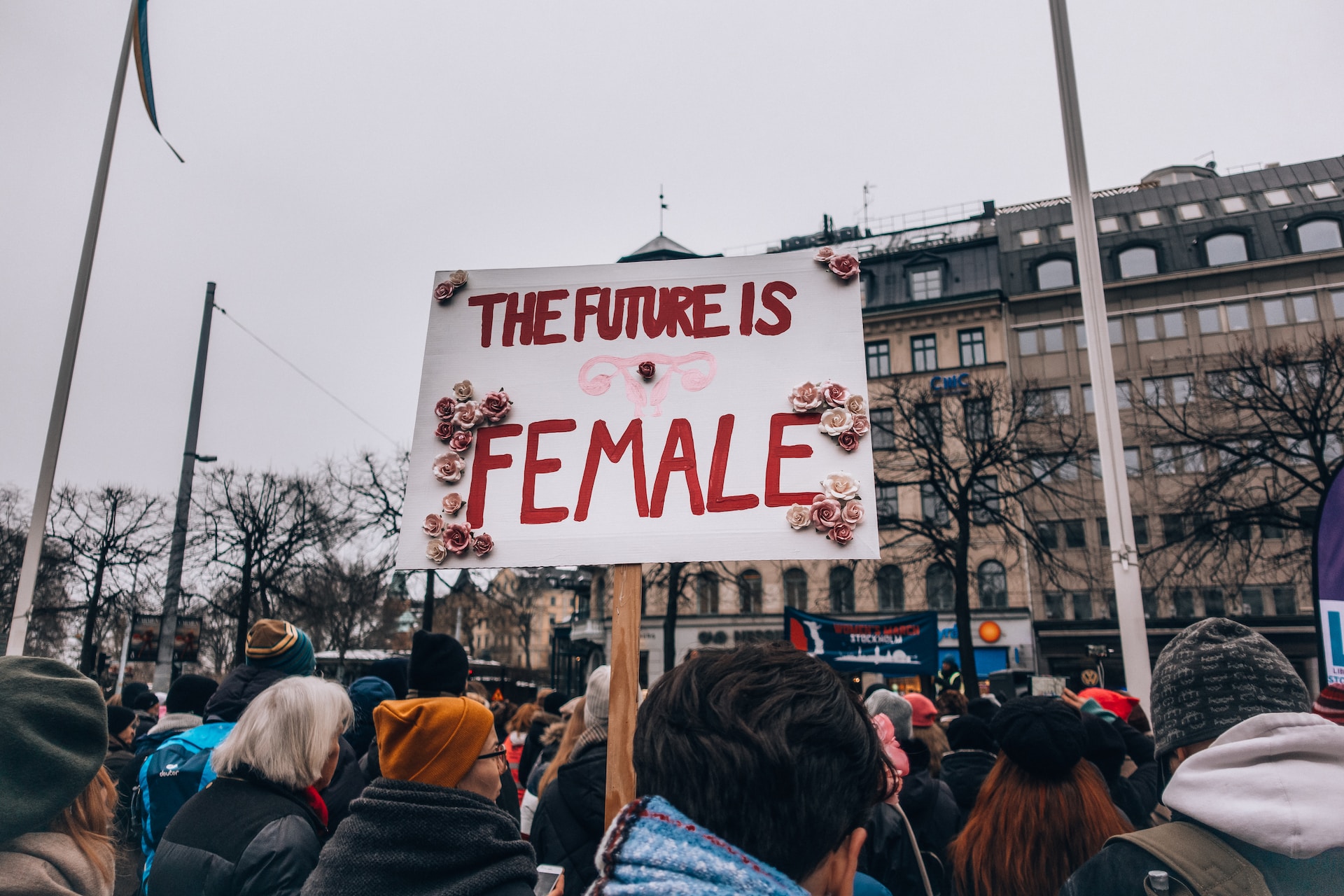
Let us take a stroll through the history of American Feminists. How did we get to where we are now?

When I (reluctantly) think of American feminists, I usually lump them into three groups/time periods for educational purposes:
Of course, there were some old school feminists (maybe we’ll call them “proto-feminists”?) in the early days of the newly founded republic leading up to the civil war, but they did not gain much of a stronghold until after the war.
The true “feminism” as we understand it really did not arrive until the Gilded Age, which of course followed the reconstruction of the South.
(There are many reasons for this time period. One of the biggest reasons being loss of unique regionalization around the US and the second industrial revolution. But that’s not the point of this article.)
Throughout the vast majority of the 19th century before first stage feminism, what was called the “women’s sphere” existed in the form of the private household. Men were expected to be out in the public sphere, while women controlled their own private sphere. The combination of the two created harmony in a marriage and society.
During this era, a “true man” was focused on providing and protecting, while a “true woman” focused on virtue, purity, and domesticity.
Contrary to popular belief, this setup was not forced by men. Most of the enforcers were themselves women, as exemplified by the biggest writers/cultural icons of the time such as Sarah Hale that wrote about proper women behavior, and books like Godey’s Lady’s Book, which discussed how to be a lady and was one of the top women’s books of the era.
Men did not need to enforce it. The women of the era did so themselves. There was no fabled patriarchy, but instead a matriarchy that enforced those expectations on other women.
The reality is that true womanhood was set by other quasi-Victorian women. This Americanized Victorian society had its flaws, but the relationship hierarchy was not one of them.
It was not until the Gilded Age that the first-stage feminists got the upper-hand. It was once this matriarchy weakened that everything capsized.
It’s been downhill since.
Once you realize this, you realize that feminism really didn’t amount to anything until their success with the 18th and 19th amendments. Which is why I start with them as the true “first stage” feminists.
The majority of the first stagers were largely still of the Victorian mindset—Religious, zealous, puritan… just completely bonkers on the gender hierarchy question. They lost sight of why God implemented those gender roles in the Bible, and the great experimentation of feminism soon followed.
For instance, first stage feminists were against drinking and moral vices, which is ironic considering their own children went the complete opposite direction. They gave birth to and raised the second stage feminists, who were major drinkers, smokers, and whores. Which the American Victorian women never expected would occur with their children’s newfound freedom.
But it happened.
We usually call them the flappers:
Flappers were a subculture of young Western women in the 1920s who wore short skirts (knee height was considered short during that period), bobbed their hair, listened to jazz, and flaunted their disdain for what was then considered acceptable behavior. Flappers were seen as brash for wearing excessive makeup, drinking alcohol, smoking cigarettes in public, driving automobiles, treating sex in a casual manner, and otherwise flouting social and sexual norms. As automobiles became more available, flappers gained freedom of movement and privacy.
Flappers are icons of the Roaring Twenties, the social, political turbulence, and increased transatlantic cultural exchange that followed the end of World War I, as well as the export of American jazz culture to Europe. There was a reaction to this counterculture from more conservative people, who belonged mostly to older generations. They claimed that the flappers’ dresses were “near nakedness”, and that flappers were “flippant”, “reckless”, and unintelligent.
Hilariously, more young women consumed alcohol in the decade it was illegal than ever before. Even though the older women were the major pushes for prohibition, the younger women went the complete opposite direction.
Ironically, the first stage feminist’s biggest opponents were none other than second stage feminists.
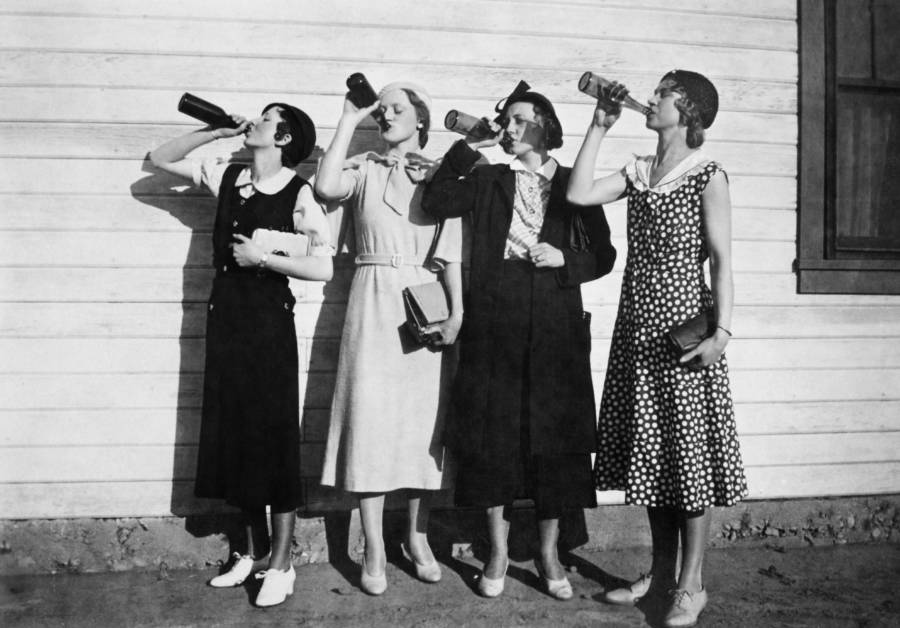
First stage feminists birthed a generation that did not care at all about their parent’s feminism or moral masquerading for female empowerment. They cared only about pleasing themselves, escaping responsibility, and being free to do whatever they wanted. Which is a natural response to first stage feminism.
If a nation is infected with the first stage, and it is not cured, it naturally progresses to this second stage. Similar to any other form of disease progression in a human.
A single female generation completely turned the tables on what feminism was, turning it from a “woman deserves the right to vote and men shouldn’t be drunkards”, to the sexual experimentation explosion of the roaring 20s, which directly lead to the degenerate boomer subculture of the 60s.
There was this interim period because of the Great Depression and Great War, obviously, but once those two were resolved, the degeneracy picked right back up where it started in the 20s. The feminists in the end of the 20s rolled right into boomertown in the 60s. They skipped a beat, but came back with a degenerate, vitriol vengeance.
The first stage feminists realized the differences between men and women; they just wanted to be able to do more within the public sphere (although, without accepting similar responsibility). The second stage feminists said that they could do everything a man could do: drink, smoke, work, and screw. Is it any surprise that the third stage feminist believes that women can now be men by simple personal declaration? The pathway was always there intuitively:
This end result was and is always the end conclusion of the feminist movement. It’s where it has to end, by its own logic. If reality truly has no gender roles and no gender hierarchy, then the feminists are not wrong when they conclude that gender is a social construct. Under that perverted and wrong logic, it is.
But the true reality is that men and women have different roles which are best suited for them, and they do have a God-given hierarchy which they are ordered to follow. This throws the very first bullet point into the trash, and each subsequent one fails alongside it.
As soon as a person removes gender roles, and puts in the lie that a woman should be able to do everything that a man does, the end result is societal destruction. Strong families cannot survive in such a climate, and a nation cannot survive without strong families.
Thus, while I gave a softer hand to the first stage feminists in this article, the first stage feminists were just as at fault as the second stage feminists. This is true even though the first stage feminists would be aghast at the third stage feminists and would have probably chosen to burn them at the stake.
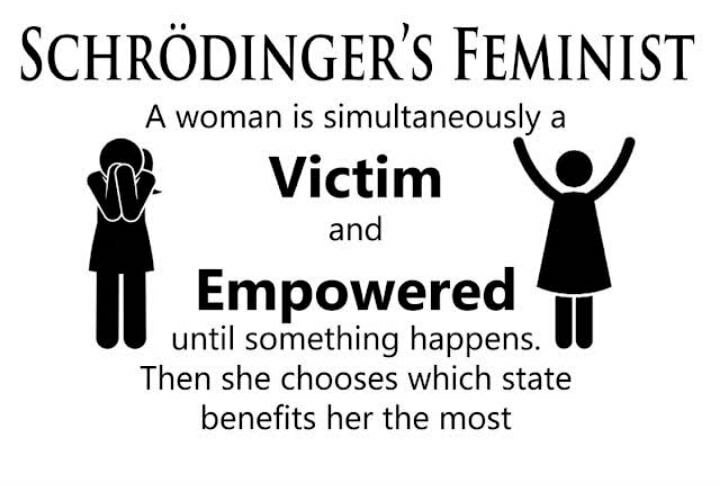
It is helpful for us to know the origins of where our current cultural degeneration comes from, so that we may better protect against it in the future. The first stage feminists, while likely well-intentioned, completely and utterly destroyed our American families. They failed because they loved the lie over the truth.
The roots of the American feminist plague lie with the women’s suffrage and abolition movement, but the worst aspects of feminism lie with the flappers and the “new feminism” of the 1920s. The seeds were planted in that decade to later be wickedly harvested in the 1960s, which lead to where we are now.
The only way to truly permanently correct this problem is to hold to the truth of gender roles and gender hierarchy. In doing so, the lies can gain no traction. It is only when tolerance for lies creeps in that the downhill-snowball effect begins.
Only through this can we ensure the ride down the slippery slope to the hamplanet, crossdresser society we currently inhabit is never taken again.
Read Next: The Immigration Act Of 1924
If you enjoyed this article, bookmark the website and check back often for new content. New articles most weekdays.
You can also keep up with my writing by joining my monthly newsletter.
Help fight the censorship – Share this article!

(Learn More About The Dominion Newsletter Here)
Modern feminism has the woman diametrically opposed to a man and the Marxism here has rewarded them for their shitty, acrimonious ways. Feminism is only applied against white men, because it has absolutely nothing to do with protecting women as a sex or defending the feelings of individual women. It is a program to degrade and subjugate white men. If a woman doesn’t read the Bible (which Marxists discourage) or follow a man she is lost. There are two types of feminism; femicommies and feminazis. I, myself am a sexual harassment/assault denier. Today, women are just emotionally unstable since Donald Trump was president. The mass media manipulated women that Trump was going to get rid of their rights. Women don’t understand politics or reality. That claim was a lie. Everyone knows it’d be unconstitutional to get rid of their rights. This was a turning point for America because Donald Trump fought against the matriarchy. Why am I a rape denier? White men don’t need a law against rape. They are usually intelligent and civilised. All you hear is women complaining about rape. These same women follow degenerate society. A society where obscenity, drugs and violence and gangster rap are the dominant culture. Where sexual intimidation, obscene or crude language, or even sexual assault is pervasive. When women listen to songs about rap culture, they’re listening to genres where they find those rappers as they are the top leaders of the dating market. Women are more likely to be robbed or abused, intimidated, beaten, or even killed or raped. While, we good men are being thrown under the bus. But if you fill this room up with your normal black bucks, you would care to put these laws against the rape , because they are basically primitive animals. How do these women have the nerve to post about the dangers walking around in the streets at night after signing petitions to release criminals? The real sexism today is not by men, it’s against men. If you really want to “Oppress” them, ban sex work and onlyfans.
Overall, not too far off the mark.
However, I wouldn’t be so sure on a few of these points:
Other than those points, I agree with your overall premise. Especially regarding America being a matriarchy, the hypocrisy of women’s statements versus their actions, and the direction of modern sexism.
Thanks for the comment, Shawn.